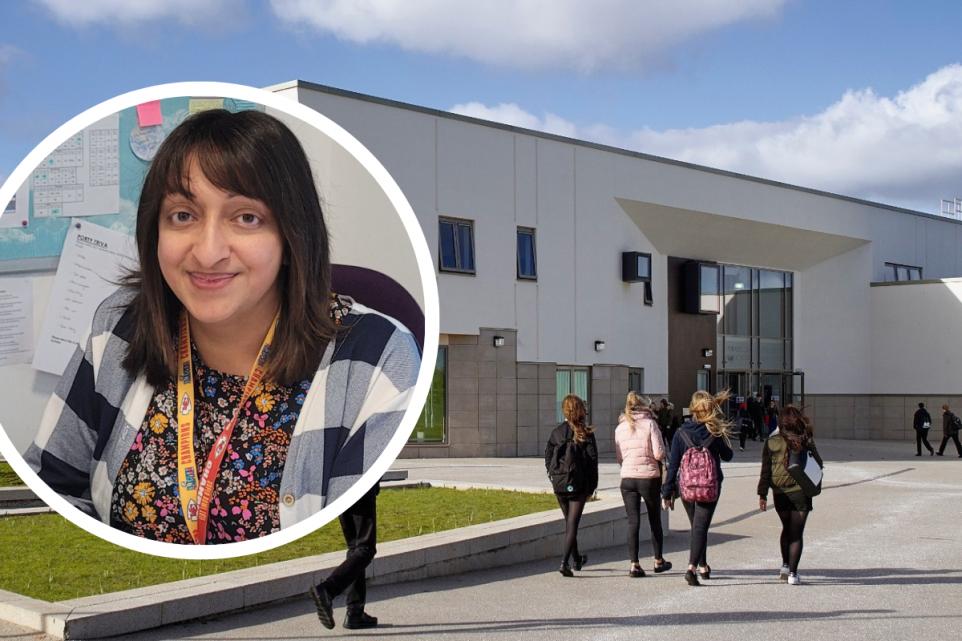It’s schools week in Scotland. This is the week of the year, more than any other, when we talk about schooling, because it is the week in which our children have received their exam results.
The focus is understandable and correct; these results will materially impact the lives and futures of most of these children and, for them and their parents, emotions will have ranged from nervousness, to worry, to exhilaration, to despair. I’ve felt a touch of it myself, this week, with family members awaiting that most important of text messages.
Nonetheless, exam results in and of themselves tell us very little about how our schools are actually performing. And indeed, that insight is not easy to find.
Scotland has a relatively new Cabinet Secretary for Education, Jenny Gilruth, and she may turn out to be the best thing that has happened to Scottish schooling for some time. On entering the job, she immediately signalled her intention to rejoin TIMSS (the Trends in International Mathematics and Science Study) and PIRLS (the Progress in International Reading and Literacy Study).
This is critical; Scotland does not exist in a vacuum and our children will need to compete in a global jobs and education marketplace. It is to Ms Gilruth’s great credit that she is prepared, keen even, to ask this question even though she may be apprehensive about the answer.
Indeed, she probably should be apprehensive. The only international comparison in which Scotland remains is the OECD’s PISA - the Programme for International Student Assessment - which records performance in reading, mathematics and science. The outcome is mixed. Scotland performs at almost precisely the OECD average in mathematics and science, and slightly above the average in reading.


